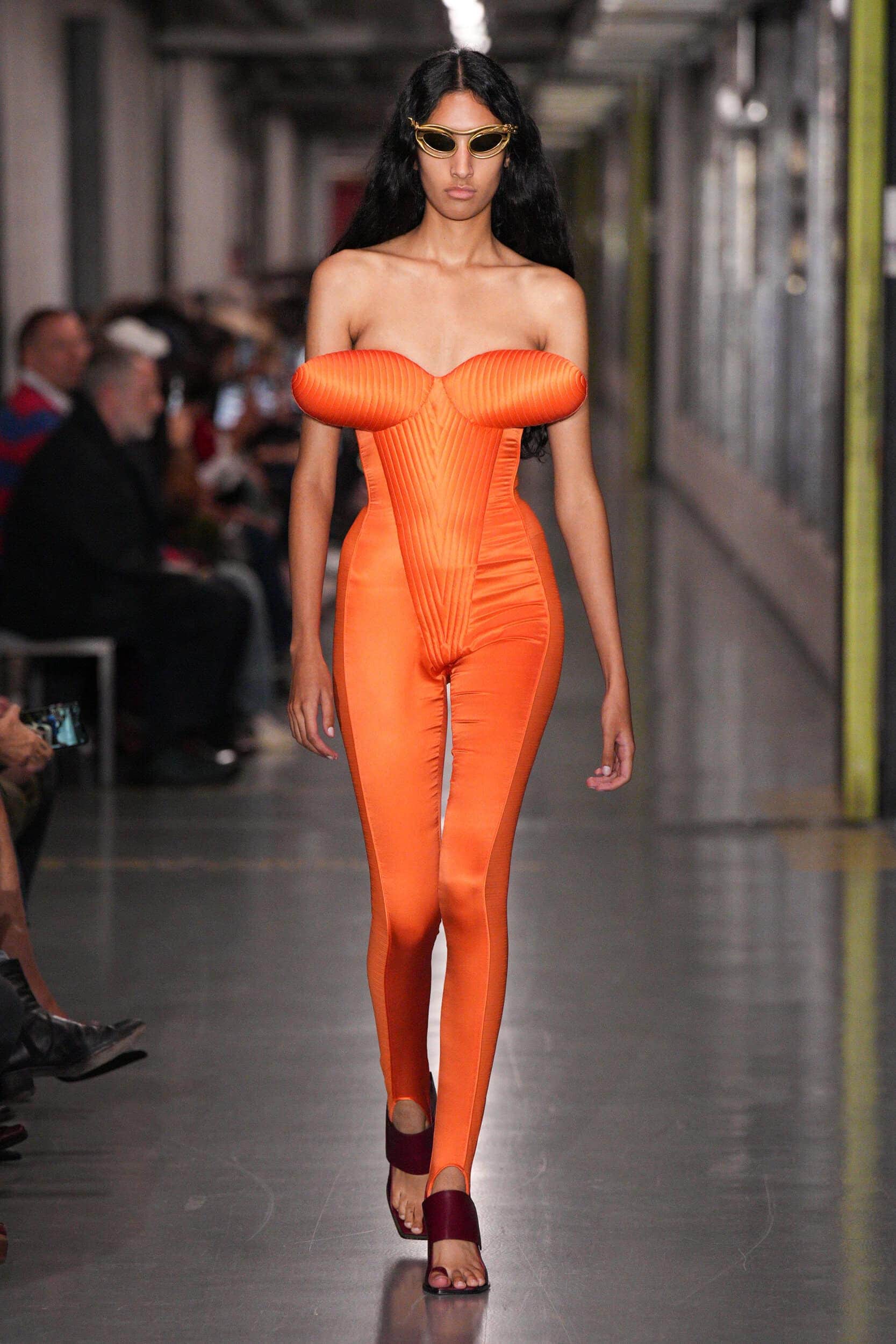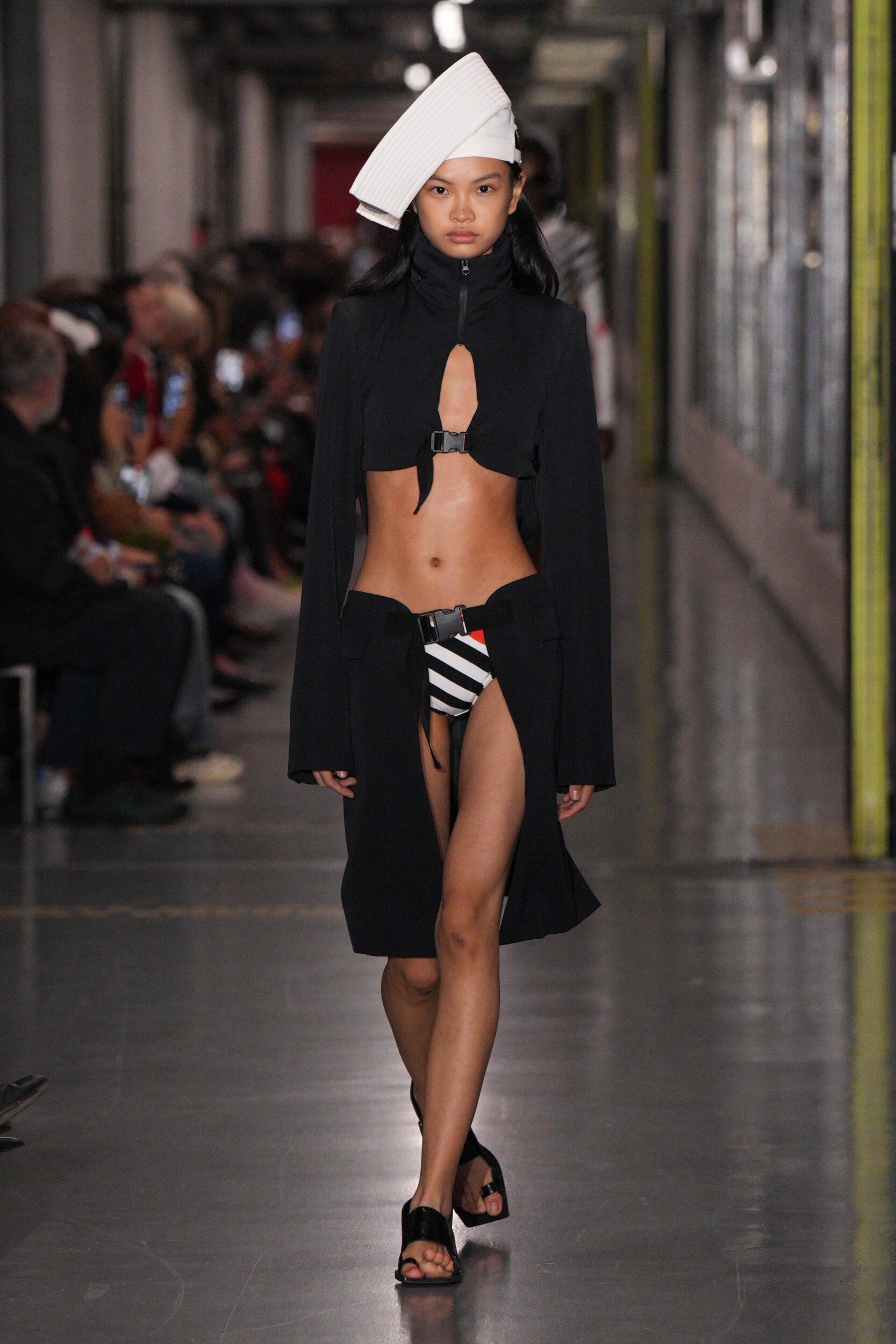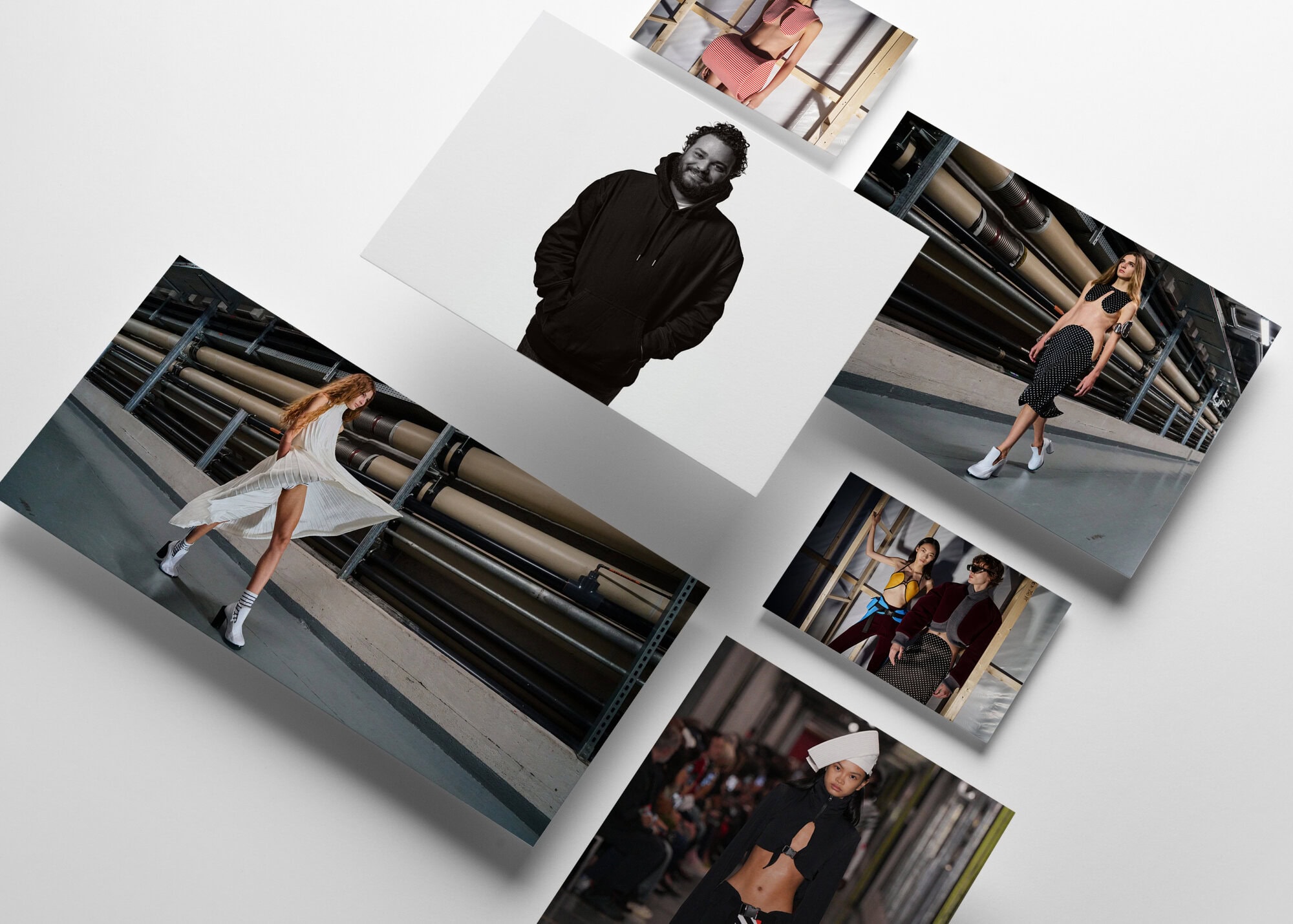Lantink embraces the house’s history of provocation, reshaping it into a contemporary manifesto of play and body.
By Kenneth Richard
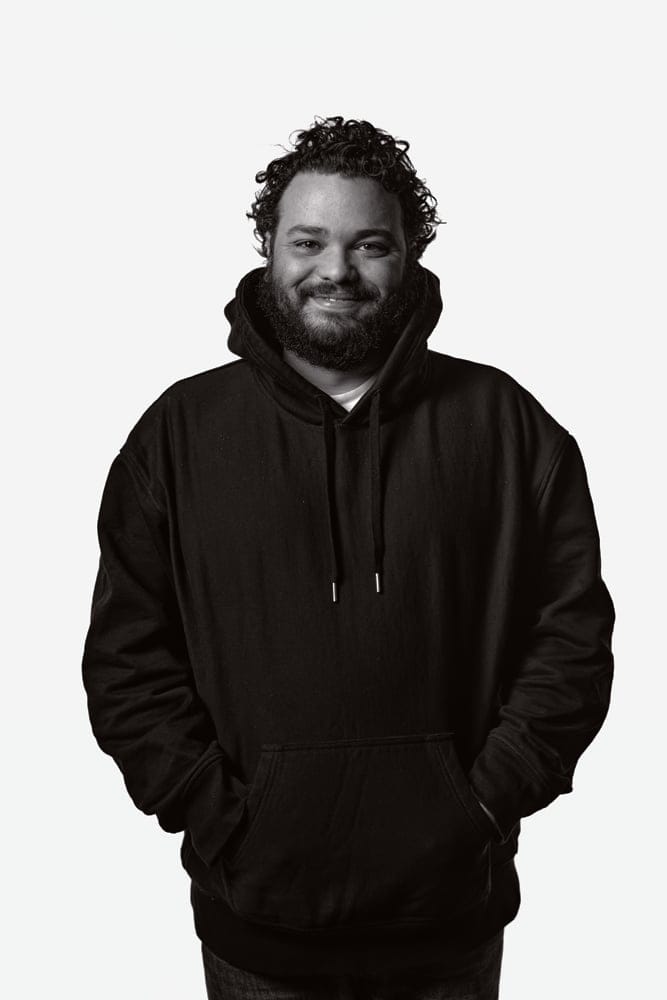
Backstage at Jean Paul Gaultier, Duran Lantink raised a glass of champagne with one hand while gesturing animatedly toward his look boards with the other. Tanned, dressed simply in a white T-shirt, he radiated the energy of someone still buzzing from a first triumph. His debut for the house was as much a celebration of freedom as it was a bold introduction — Gaultier reimagined for a new generation.
Lantink has long thrived on the unexpected. In 2018, he entered fashion’s collective imagination when Janelle Monáe wore his now-iconic “vagina pants” in the music video for Pynk. The viral moment positioned him as a provocateur with something to say. A year later, he launched his eponymous label, cutting and splicing garments into surreal hybrids that challenged convention. Recognition followed quickly: the ANDAM Special Prize in 2023, the Karl Lagerfeld Prize at the 2024 LVMH Awards. By the time he stepped into Gaultier, his reputation was set as one of fashion’s most closely watched iconoclasts.
Rather than diving straight into the archives, Lantink chose to imagine what lay behind them. “Almost like Charlie and the Chocolate Factory,” he said. “Instead of going directly in, I wanted to create the fantasy of what might be there.” His childhood memories of the 1990s — watching people shed workwear for exuberant night looks — offered a second compass.
That freedom of spirit, that nightlife energy, that’s what I tried to capture. Just being you, without caring what other people think.”
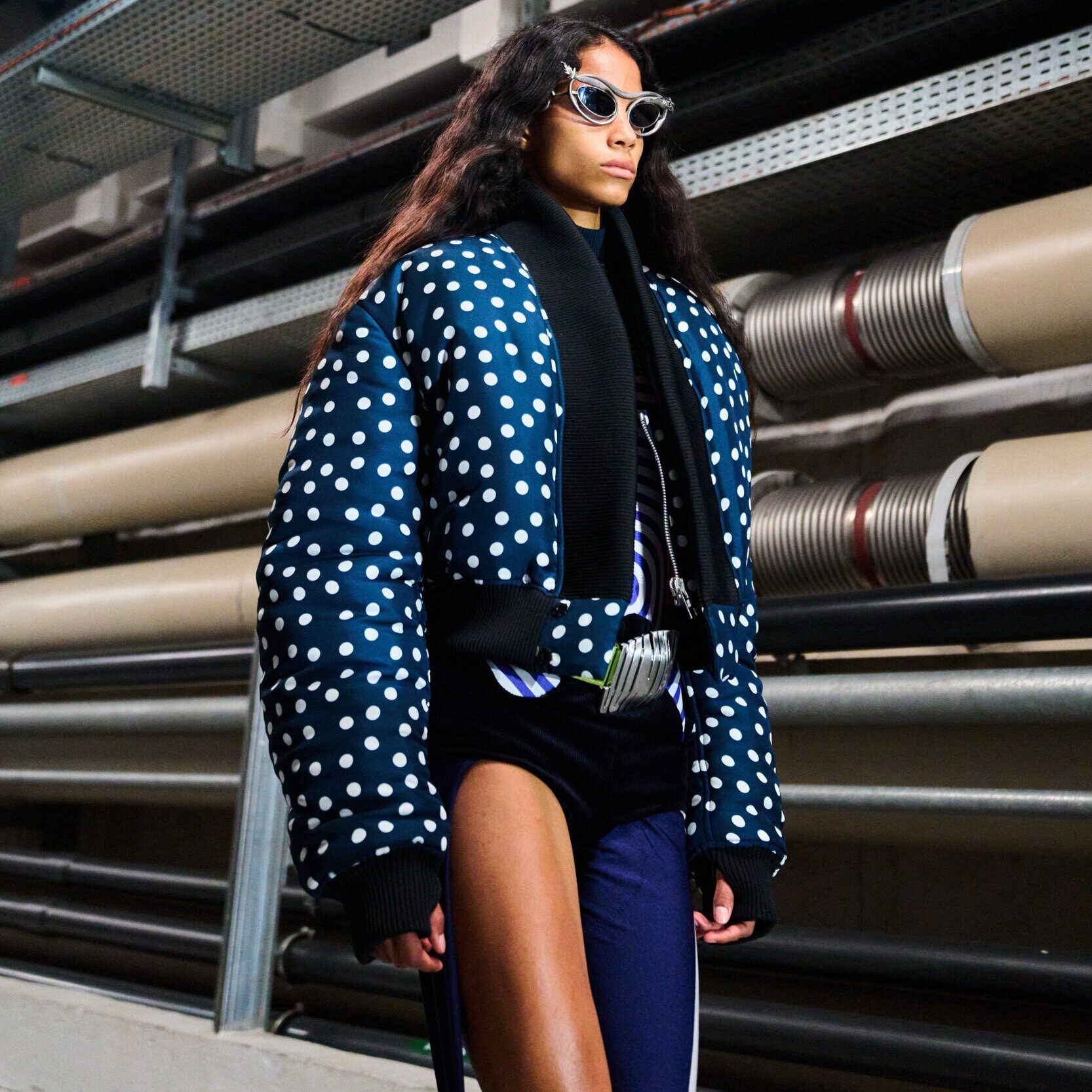
The collection played with transformation. A basic T-shirt was rotated and restructured into an asymmetrical wrap. Tubes became bras, then bikini bottoms, then expanded into sculptural exaggerations. A bomber jacket was cut and twisted into a new form. High-cut bodysuits exposed the line of the hip, referencing both festival style and archival silhouettes. “It was about being playful,” Lantink explained. “Taking basics — a tank top, a bomber — and twisting them, exaggerating them, making them something else.”
His nod to Gaultier’s Junior line was deliberate. “Junior was such an important label for rave culture and young adults,” he said. “That energy mattered. Of course, Gaultier touched so many subcultures, you can’t do them all at once. You have to choose. For me, Junior was the right entry point.”
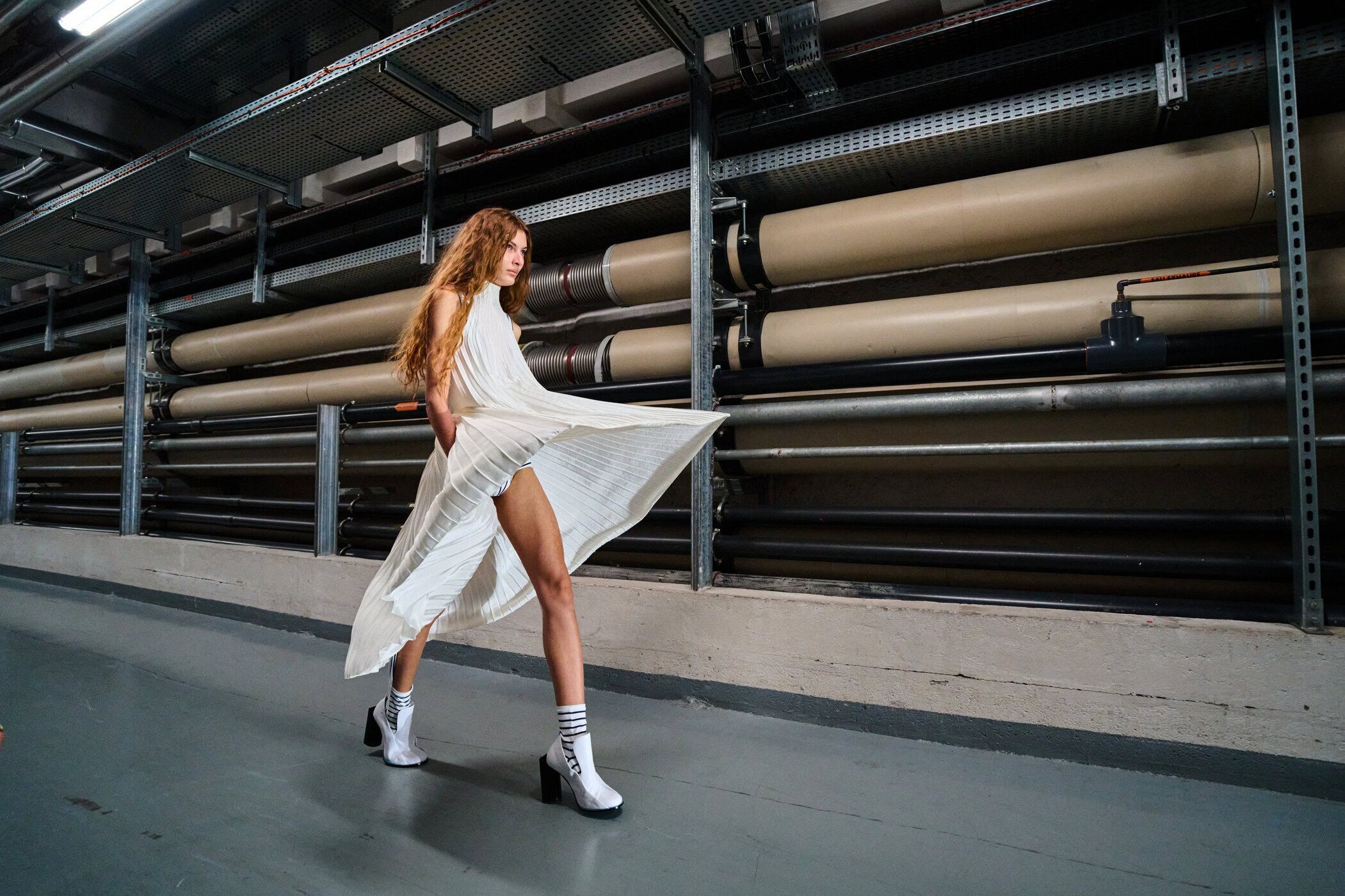
In his hands, provocation was not about shock for its own sake but about affirmation. “Nudity has suddenly become provocative again,” he said.
I think we need to go against that. At the end of the day, we’re all born naked. We all shower naked. We’re all naked. Why should it be taboo?”
As models strode past in twisted tees, sheer bodysuits, and no-pants looks, the message was clear. Lantink had taken Gaultier’s legacy of play and provocation and reframed it for today: not a scandal, but a celebration. Nudity, in his vision, is not exposure but freedom — the purest form of being unafraid.

